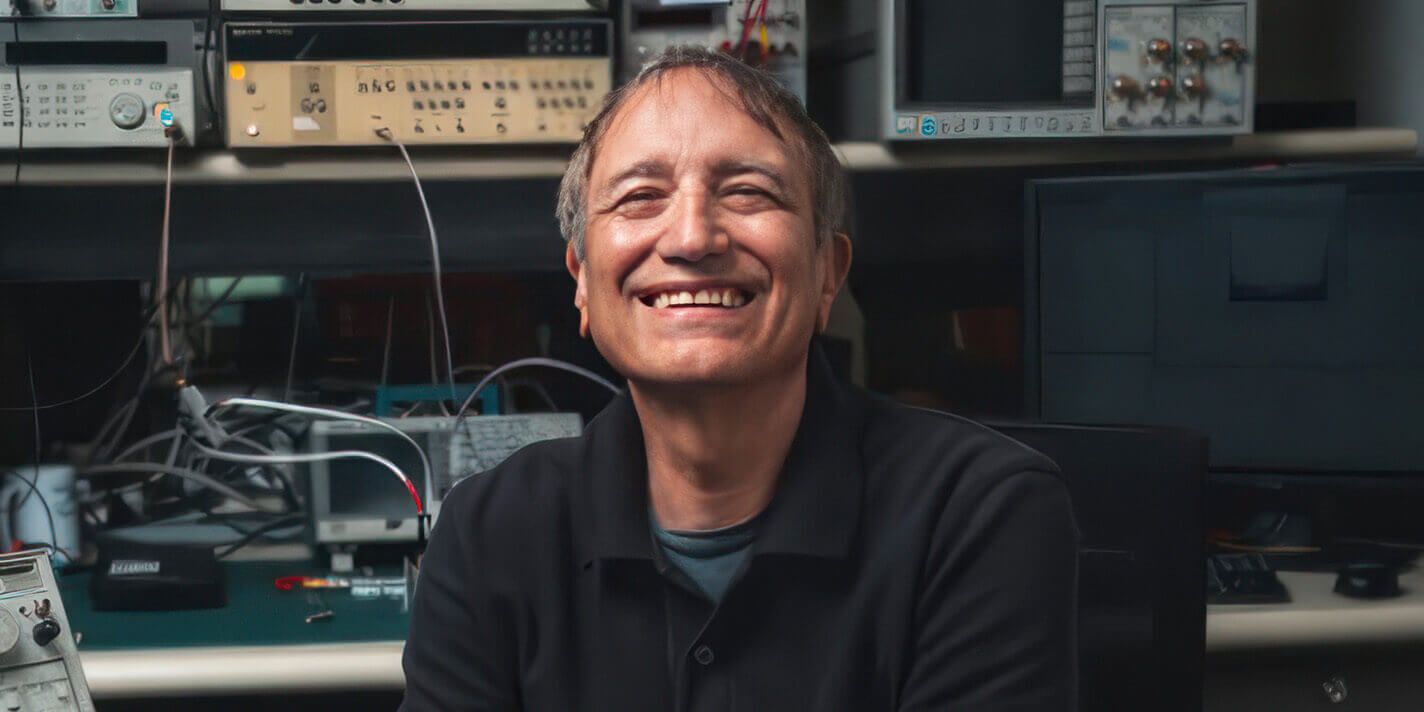UW Majors: Nuclear Engineering, Biophysics
Professor Emeritus of Computer Science and Electrical Engineering, Stanford University
Cofounder, Tableau Software
If you’ve seen the movies Toy Story, Finding Nemo, Up, or virtually any film that has won an Oscar for visual effects in recent decades, you can thank Pat Hanrahan. His work to bring photorealism to film animation and special effects has been a game changer in the computer graphics industry.
While growing up in Green Bay, Hanrahan did not excel in the classroom. But once he arrived at UW–Madison, he found all of his intro courses “just unbelievably interesting and stimulating.” In an about-face from high school, he worked hard, and his grades showed it. “I loved everything I was doing,” he says. “It was life-changing.”
An engineering dean encouraged him to enroll in the honors program based on his entrance-exam scores. This allowed Hanrahan the flexibility to follow his interests. He started in the nuclear engineering program and then moved to chemistry, biology, and biophysics before ultimately discovering the potential of computer graphics, an industry that didn’t yet exist. “I was there right at the beginning, and that turned out to be so very lucky,” he says, adding that his eclectic background was the perfect preparation for the field.
Hanrahan remembers being floored by the fact that he could feed equations into a computer, and it would draw, for instance, a sphere. “I could have all these abstract thoughts, physics or math or biology, but now I could make [them] concrete. I could see it,” he says. The revelation prompted him to leave his graduate program to join a computer graphics lab at the New York Institute of Technology.
He eventually returned to UW–Madison to finish his doctorate, and in 1986, he joined a fledgling company in California called Pixar. There he became the driving force behind 3D software known as RenderMan, which has since generated realistic animation used in movies such as Jurassic Park, Avatar, and Titanic. Hanrahan developed RenderMan’s shading language, which facilitated the depiction of light and shadow, and he spearheaded several related innovations while at Pixar.
RenderMan is still widely used today. Hanrahan has won three Academy Awards for his work in computer rendering, along with numerous other honors. In 2019, he accepted the prestigious Turing Award, known as the “Nobel Prize of computing,” not only because his work transformed filmmaking but also other applications, such as computer gaming and virtual reality.
Hanrahan’s other great love is teaching, and he’s drawn to introductory classes because of their potential to change students’ views of the world. He joined the computer science department at Princeton in 1989 and moved to Stanford University six years later, where he continues to do research and has mentored more than 50 PhD students. “Every one of them has been amazingly successful,” he says, “and that’s definitely the thing I’m most proud of.”
In 2003, Hanrahan cofounded Tableau, a company that made data analysis more accessible through an easy-to-use interactive visual interface. Salesforce bought the company in 2019, and its technology is widely used to analyze data in business, medical, scientific, and other settings.
Hanrahan is now retired, and his many activities include public speaking, working in his home shop, and running a family foundation that he established with his wife, Delle Maxwell. The Maxwell/Hanrahan Foundation makes unrestricted grants to talented people working in underappreciated but important areas.
As Hanrahan told the Stanford School of Engineering, “curiosity and passion determine success.” That mantra could easily sum up the remarkable life of Pat Hanrahan.










